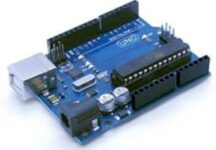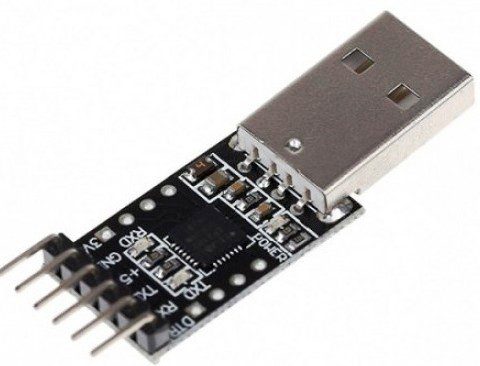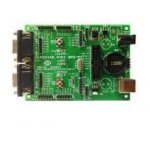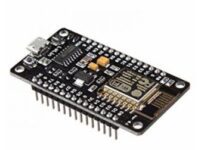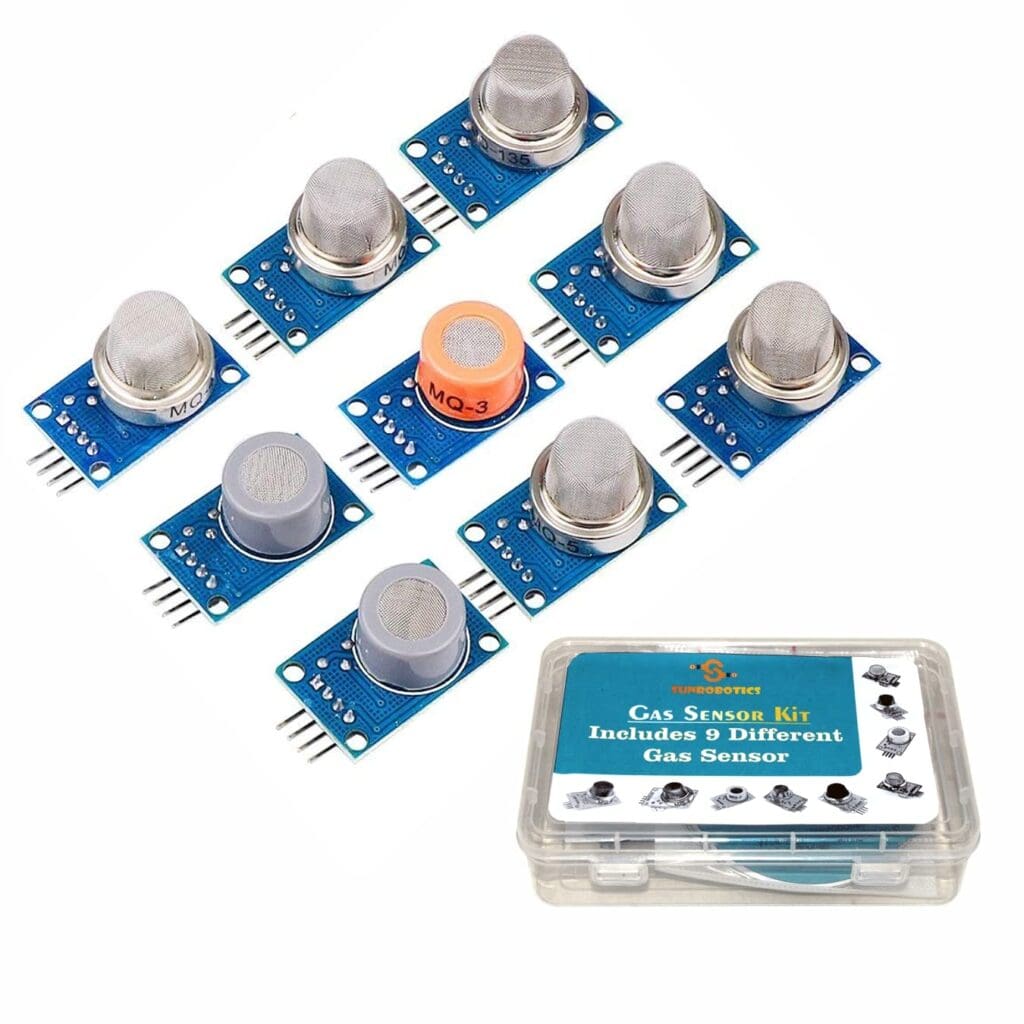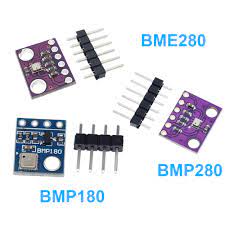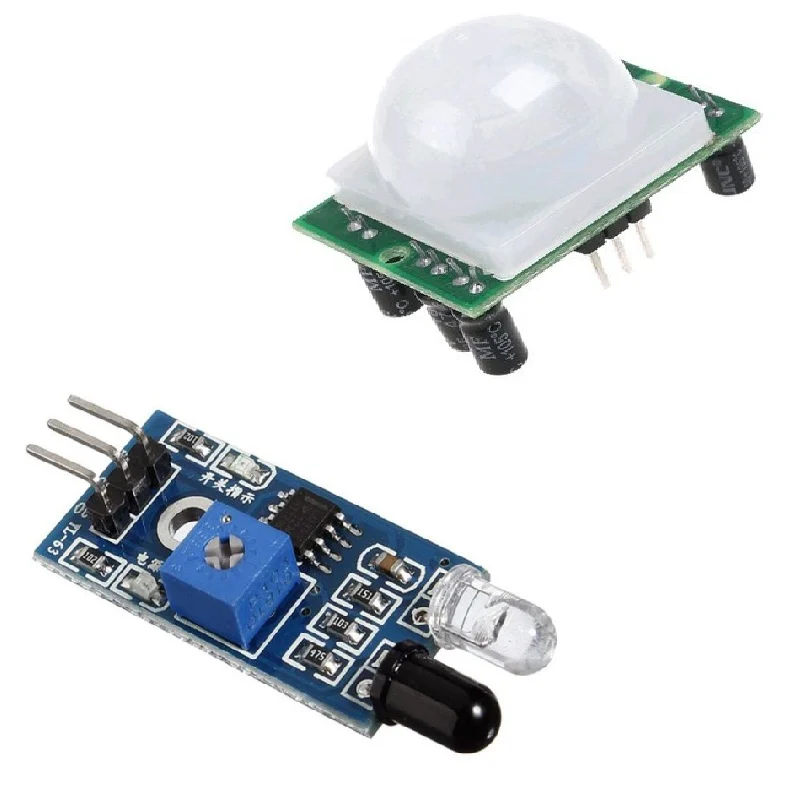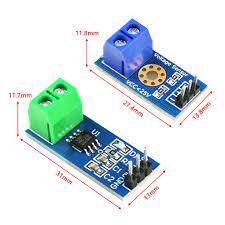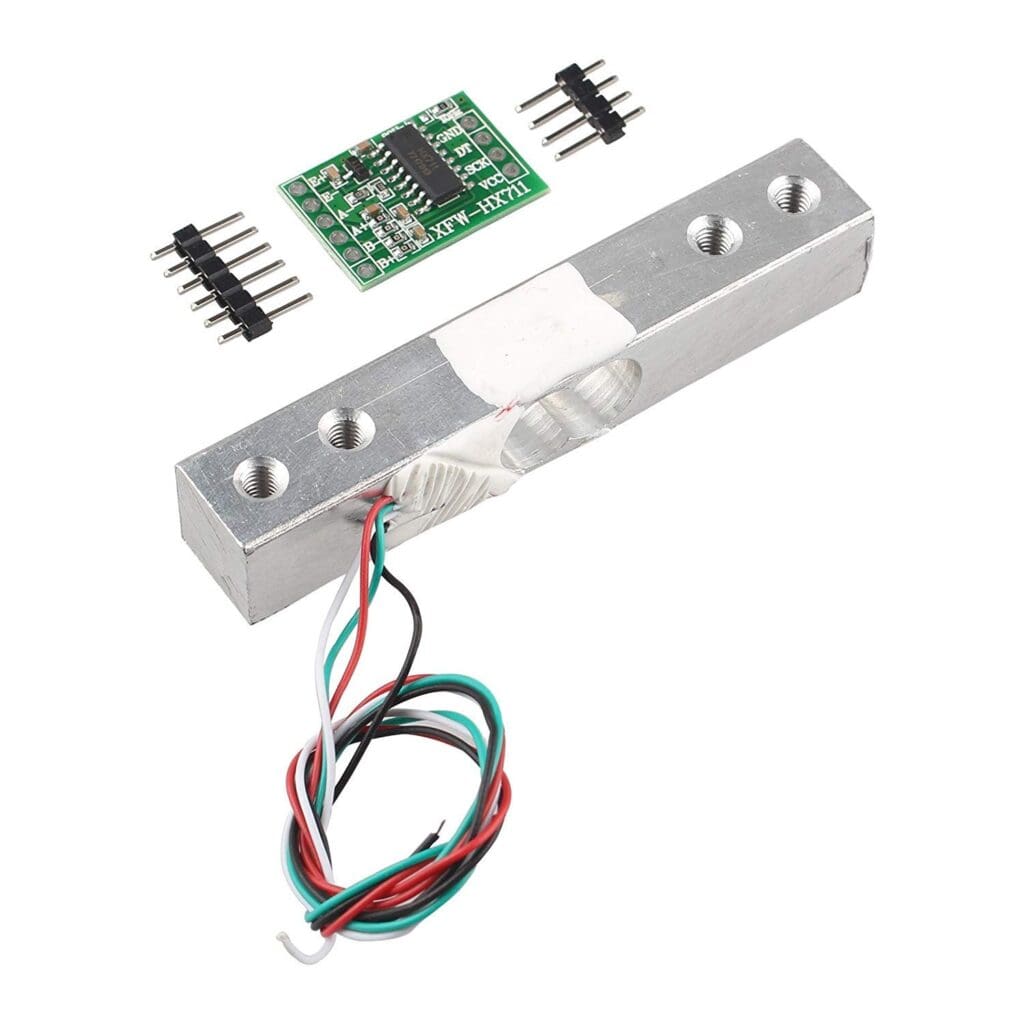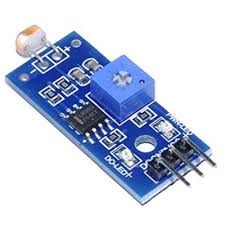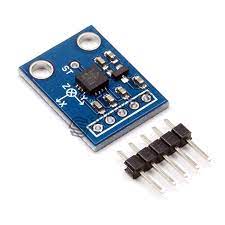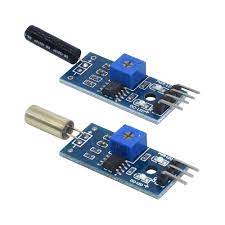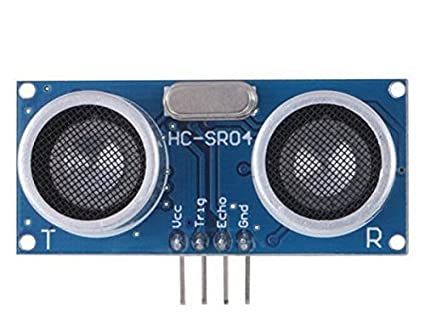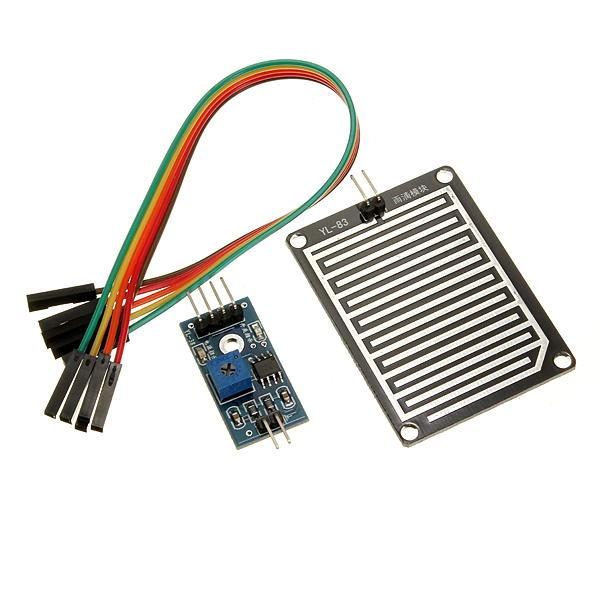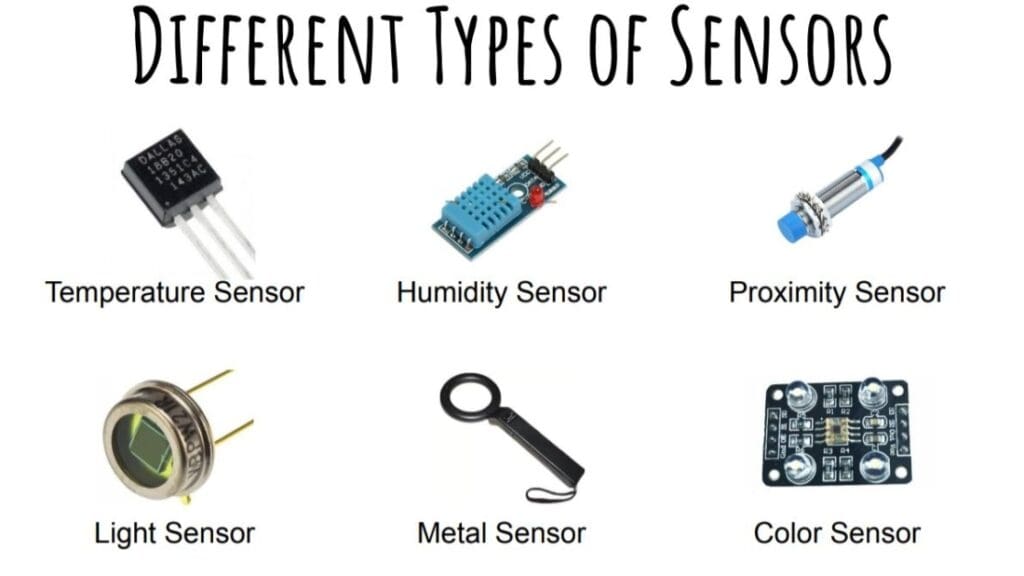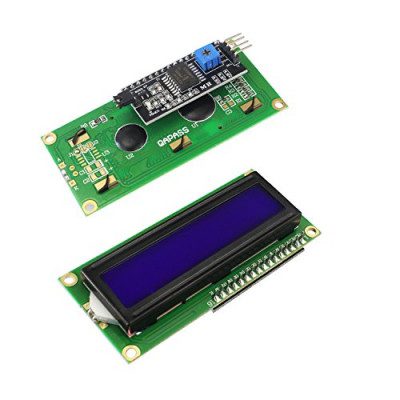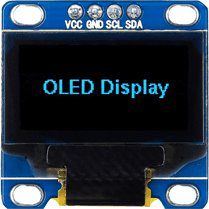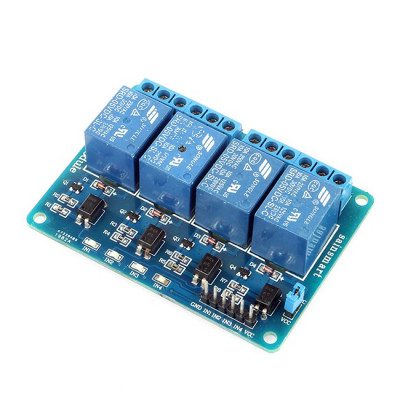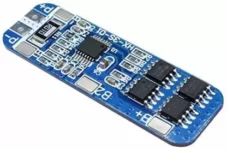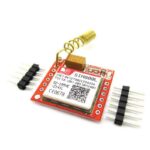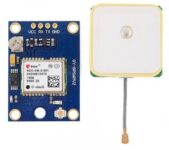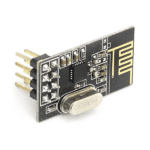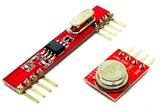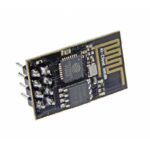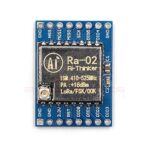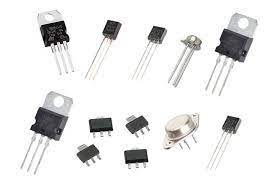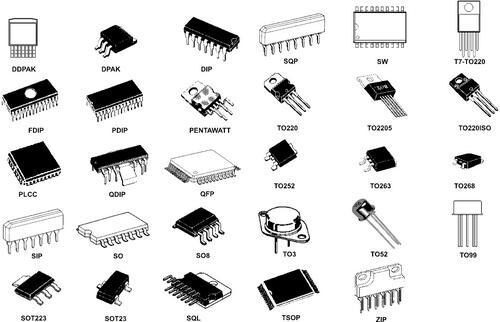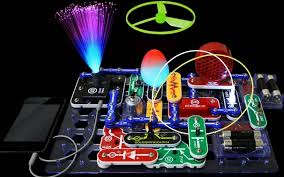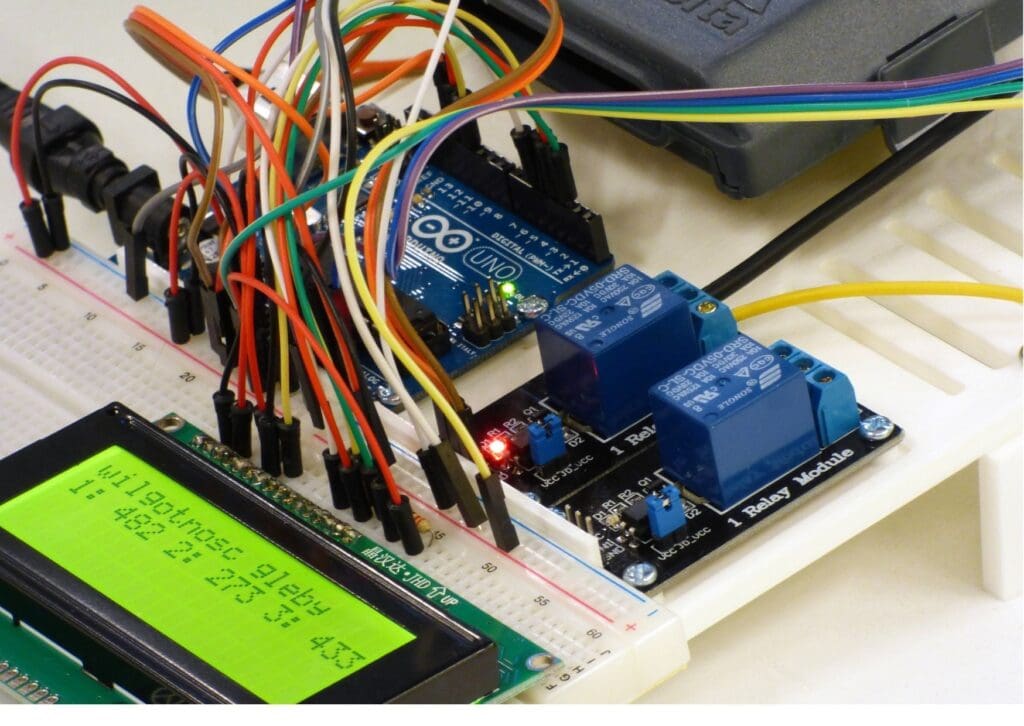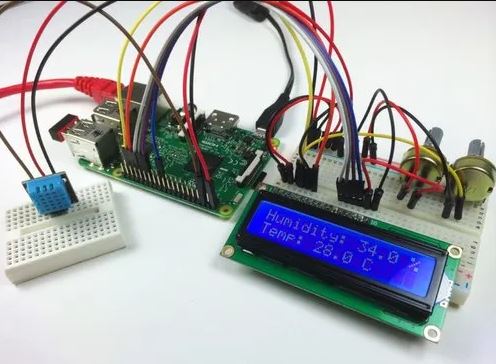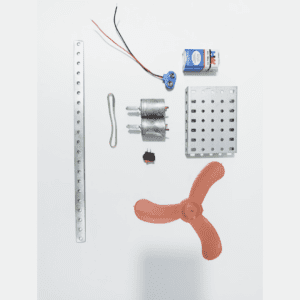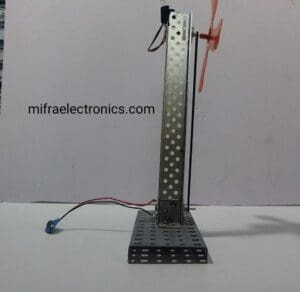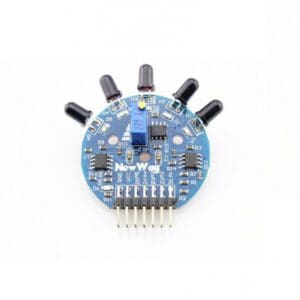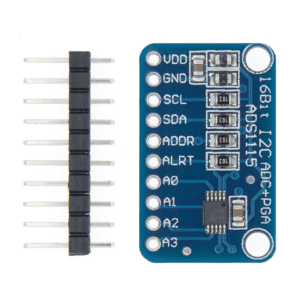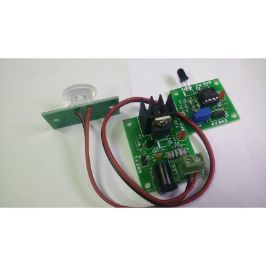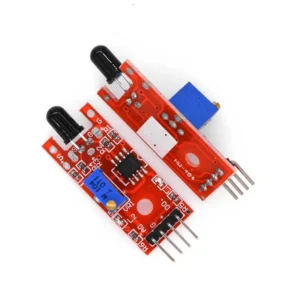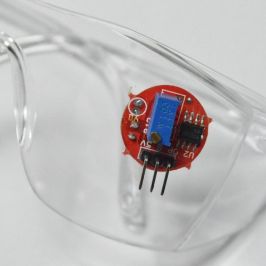The Future of Electronics
Introduction:
- The future of electronics promises a dynamic landscape of innovation, driven by advances in materials science, nanotechnology, artificial intelligence (AI), quantum computing, and more. This evolution is poised to revolutionize how we interact with technology, impacting various sectors such as consumer electronics, healthcare, transportation, communication, and beyond. Here’s a detailed introduction to some key areas shaping the future of electronics:
1. Nanotechnology and Miniaturization
Nanotechnology is at the forefront of revolutionizing electronics by enabling the fabrication of smaller, faster, and more efficient devices. The ability to manipulate materials at the atomic or molecular level allows for the creation of nanoscale electronic components, leading to advancements such as nanoscale transistors, memory devices, and sensors. This miniaturization trend not only enhances the performance of electronic devices but also enables the development of wearable technology, implantable medical devices, and Internet of Things (IoT) devices with unprecedented capabilities.
2. Flexible and Stretchable
Electronics Traditional rigid electronics are being replaced by flexible and stretchable counterparts, offering new opportunities for innovation in design and functionality. Flexible electronics, made possible by advances in materials like organic semiconductors and graphene, can conform to various shapes and surfaces, enabling applications such as flexible displays, electronic skins, and wearable sensors. Stretchable electronics take this concept further by allowing devices to stretch, bend, and twist without losing functionality, opening up possibilities in healthcare, robotics, and beyond.
3. Advanced Materials
The development of new materials with unique electronic properties is driving innovation in electronics. For example, 2D materials like graphene, transition metal dichalcogenides (TMDs), and hexagonal boron nitride (h-BN) offer exceptional electrical, thermal, and mechanical properties, paving the way for next-generation electronic devices. Other emerging materials, such as perovskites and topological insulators, hold promise for applications in energy harvesting, quantum computing, and photonics.
4. AI and Machine Learning
Artificial intelligence and machine learning are increasingly integrated into electronic systems, enabling intelligent decision-making, automation, and personalization. AI-powered algorithms enhance the performance of electronic devices and systems, enabling features such as voice recognition, image processing, and predictive analytics. In the future, AI is expected to play a crucial role in optimizing energy efficiency, improving security, and enabling autonomous operation in electronic systems.
5. Quantum Computing
Quantum computing represents a paradigm shift in electronic technology, leveraging the principles of quantum mechanics to perform calculations at speeds far beyond the capabilities of classical computers. While still in its infancy, quantum computing has the potential to revolutionize fields such as cryptography, materials science, drug discovery, and optimization. Major advancements in quantum hardware, software, and algorithms are driving the development of practical quantum computers, heralding a new era of computation.
6. Bio integrated Electronics
The convergence of electronics and biology is giving rise to bio integrated electronic devices that seamlessly interact with biological systems. These devices, often referred to as bioelectronics or neuro electronics, hold promise for applications such as neural interfaces, bio-sensing, and therapeutic interventions. By interfacing with the nervous system, bio integrated electronics can enable groundbreaking medical therapies, restore sensory function, and enhance cognitive abilities.
- In conclusion, the future of electronics is characterized by unprecedented innovation and convergence across multiple disciplines. From nanotechnology and flexible electronics to AI, quantum computing, and bio integration, these advancements hold the potential to transform industries, improve quality of life, and drive economic growth in the years to come.
Projects Categories:
Products Categories:
- Robotics
- Actuators
- Camera Modules
- Drone Kits
- Drone Components
- Chassis
- DC Motors
- Other Robotic accessories
- Pick and Place Modules
- Robotic Kit
- Servo Motors
- Stepper Motors
- Wheels
- Microcontrollers & Programmers
- 8051 Microcontroller
- Arduino Microcontroller
- ARM Development Board
- Interface Module
- NODMCU / ESP Modules
- PIC Microcontroller
- Raspberry Pi
- Devices and Actuators
- Display Modules
- Sensors & Module
- Power Supply / Batteries
- Wireless modules
- Electronic Components
- Wholesale Market
Description
- The future of electronics holds tremendous promise, characterized by transformative advancements across various domains. Here’s a detailed description of what the future of electronics might entail:
1. Ubiquitous Connectivity
In the future, electronics will be seamlessly integrated into our surroundings, enabling ubiquitous connectivity. This will be driven by the proliferation of Internet of Things (IoT) devices, which will communicate with each other and with the cloud to provide real-time data and insights. Smart homes, cities, and infrastructure will leverage interconnected sensors and actuators to optimize energy usage, enhance security, and improve quality of life.
2. Advanced Computing Architectures
Traditional von Neumann computing architectures are reaching their limits in terms of processing power and energy efficiency. In the future, we can expect the emergence of novel computing architectures, such as neuromorphic computing and quantum computing, which promise to revolutionize computation. Neuromorphic computing mimics the structure and function of the human brain, enabling efficient and parallel processing of sensory data. Quantum computing harnesses the principles of quantum mechanics to perform computations at speeds far beyond classical computers, unlocking new possibilities in cryptography, optimization, and material science.
3. Artificial Intelligence and Machine Learning Integration
Artificial intelligence (AI) and machine learning (ML) will become increasingly integrated into electronic devices and systems, enabling them to learn, adapt, and make autonomous decisions. AI algorithms will enhance the capabilities of electronic devices, enabling features such as natural language processing, computer vision, and predictive analytics. From smart assistants and autonomous vehicles to personalized healthcare and predictive maintenance, AI-powered electronics will revolutionize how we interact with technology and the world around us.
4. Flexible and Wearable Electronics
Electronics will become more flexible, lightweight, and wearable, blurring the boundaries between technology and everyday objects. Flexible displays, sensors, and batteries will enable the development of wearable devices that seamlessly integrate into clothing, accessories, and even the human body. These wearable electronics will monitor health metrics, provide personalized feedback, and enhance human performance in various domains, including fitness, healthcare, and augmented reality.
5. Sustainable and Eco-Friendly Solutions
As concerns about environmental sustainability continue to grow, the future of electronics will prioritize energy efficiency, recyclability, and eco-friendly materials. Innovations in renewable energy sources, energy storage, and power management will enable electronic devices to operate more efficiently and sustainably. Furthermore, the adoption of circular economy principles will encourage the reuse, refurbishment, and recycling of electronic products, reducing waste and minimizing environmental impact.
6. Bio integrated and Bioinspired Electronics
Electronics will increasingly merge with biology, leading to the development of biointegrated and bioinspired electronic devices. These devices will interface seamlessly with biological systems, enabling applications such as neural implants, bio-sensing, and bioelectronics. By leveraging the principles of biology, researchers will create electronic systems that are more resilient, adaptive, and responsive to their environments, opening up new possibilities in healthcare, human-computer interaction, and bioengineering.
- In conclusion, the future of electronics promises a world of interconnected, intelligent, and adaptable devices that enhance human capabilities, improve quality of life, and address pressing societal challenges. From ubiquitous connectivity and advanced computing architectures to AI integration and sustainable solutions, the evolution of electronics will continue to shape the way we live, work, and interact with the world around us.

Electronically engineering the future
- Electronically engineering the future involves leveraging cutting-edge technology to innovate and improve various aspects of our lives, including transportation. Electric vehicles (EVs) represent a significant advancement in automotive technology, offering numerous benefits such as reduced greenhouse gas emissions, lower operating costs, and enhanced energy efficiency. Here’s an exploration of how electronics are shaping the future of EVs and which countries are leading in electronic development:
1. Electronics in Electric Vehicles
- Electronics play a crucial role in the operation and performance of electric vehicles. Some key areas where electronics are employed include:
- Battery Management Systems (BMS) BMS monitors and manages the health, state of charge, and temperature of the battery pack in EVs. It ensures the safe and efficient operation of the battery, maximizing its lifespan and performance.
- Power Electronics Power electronics components, such as inverters and DC-DC converters, control the flow of electricity between the battery, motor, and other vehicle systems. They regulate voltage, current, and frequency to optimize efficiency and performance.
- Electric Drive Systems Electric drive systems, including motors and controllers, rely heavily on electronic control to deliver precise and responsive power delivery. Advanced control algorithms optimize torque output, traction control, regenerative braking, and energy management.
- Vehicle ConnectivityEVs are equipped with advanced connectivity features, such as telematics systems and onboard diagnostics, enabled by electronic sensors, processors, and communication modules. These systems enable remote monitoring, over-the-air updates, and predictive maintenance, enhancing the user experience and operational efficiency.
2. Leading Countries in Electronic Development
Several countries are at the forefront of electronic development, driving innovation and technological advancements in various fields, including electric vehicles:
- United States Silicon Valley in California is a hub for electronics innovation, hosting numerous tech giants and startups focused on developing advanced semiconductor technology, AI algorithms, and electric vehicle technologies. Companies like Tesla, with its cutting-edge EVs and battery technology, have played a significant role in shaping the future of transportation.
- China China has emerged as a global leader in electronics manufacturing and innovation, with a strong focus on electric vehicles. Chinese companies like BYD, NIO, and Xiaomi are making significant investments in EV technology, battery manufacturing, and charging infrastructure. The Chinese government’s support for EV adoption through subsidies, incentives, and regulations has further accelerated the country’s progress in this field.
Germany
- Germany is renowned for its automotive industry and engineering prowess, with companies like Volkswagen, BMW, and Mercedes-Benz investing heavily in electric vehicle development. The country is also home to leading electronics companies, research institutes, and universities focused on advancing automotive electronics, battery technology, and renewable energy systems.
Japan
- Japan has a long history of innovation in electronics and automotive technology, with companies like Toyota, Nissan, and Panasonic leading the way in electric vehicle development. Japanese firms are known for their expertise in battery manufacturing, electric drivetrain technology, and automotive electronics, contributing to the global transition toward sustainable mobility.
South Korea
- South Korea is a key player in the global electronics industry, with companies like Samsung, LG, and Hyundai driving innovation in electric vehicles and related technologies. Hyundai, in particular, has made significant strides in EV development, with models like the Hyundai Kona Electric and Hyundai Ioniq Electric gaining popularity in the market.
- These countries, along with others, are actively investing in research, development, and deployment of electronic technologies to drive the transition toward a more sustainable and electrified future, particularly in the automotive sector. Collaboration between governments, industry stakeholders, and research institutions will be essential in realizing the full potential of electronic engineering in shaping the future of electric vehicles and transportation as a whole.

innovations and Ideas
- Innovations and ideas in the field of electronics have a significant impact on a country’s Gross Domestic Product (GDP) by driving economic growth, creating jobs, and fostering technological advancement. Let’s explore some key innovations and ideas in electronics and their potential contributions to GDP:
1.Semiconductor Technology
Advancements
Innovations in semiconductor technology, such as the development of smaller, more efficient microprocessors and memory chips, have profound implications for various industries, including consumer electronics, telecommunications, and automotive. These advancements enable the production of faster, more energy-efficient electronic devices with higher processing power and storage capacity, driving demand and economic growth in the electronics sector.
2. Internet of Things (IoT)
The Internet of Things (IoT) refers to the network of interconnected devices and sensors that collect and exchange data over the internet. IoT technology enables smart infrastructure, industrial automation, and connected consumer devices, leading to increased efficiency, productivity, and convenience. As IoT adoption grows, it creates opportunities for innovation in areas such as smart homes, smart cities, healthcare, agriculture, and manufacturing, contributing to GDP growth through improved resource utilization and enhanced competitiveness.
3. Artificial Intelligence (AI) and Machine Learning (ML)
AI and ML technologies are transforming the electronics industry by enabling intelligent automation, predictive analytics, and personalized user experiences. AI-powered applications, such as virtual assistants, recommendation systems, and autonomous vehicles, drive innovation and create new revenue streams for businesses. By optimizing processes, reducing costs, and unlocking insights from vast amounts of data, AI and ML contribute to increased productivity and competitiveness, thereby boosting GDP.
4. Renewable Energy and Energy Efficiency
Innovations in renewable energy technologies, such as solar panels, wind turbines, and energy storage systems, are driving the transition towards a sustainable energy future. These technologies not only reduce greenhouse gas emissions and reliance on fossil fuels but also create jobs and stimulate economic growth in the renewable energy sector. Additionally, advancements in energy-efficient electronics, including power management systems and LED lighting, help lower energy consumption and operational costs for businesses and consumers, further contributing to GDP.
5. Advanced Manufacturing and Robotics
The adoption of advanced manufacturing techniques, such as 3D printing, robotics, and automation, enhances productivity, quality, and flexibility in the electronics industry. Robotics and automation streamline production processes, reduce labor costs, and improve precision, leading to increased output and competitiveness. Furthermore, 3D printing enables rapid prototyping, customization, and on-demand manufacturing of electronic components, driving innovation and efficiency gains across the supply chain.
6. Healthcare Technology and Wearable Devices
Innovations in healthcare technology, such as wearable devices, remote monitoring systems, and medical imaging equipment, improve patient care, diagnosis, and treatment outcomes. Wearable devices, in particular, enable continuous health monitoring, early disease detection, and personalized interventions, empowering individuals to take control of their health and well-being. As the healthcare sector embraces digital transformation, it creates opportunities for electronics companies to develop innovative solutions and services, contributing to GDP growth through improved healthcare delivery and outcomes.
- Overall, innovations and ideas in the field of electronics play a vital role in driving economic growth, innovation, and competitiveness in countries around the world. By fostering a conducive environment for research, development, and investment in electronic technologies, nations can capitalize on the opportunities presented by the digital economy and maximize their contributions to GDP.
Whats’s New in The Future Of Electronics
1.Wearable technology trends
For the past two decades, wearable technology trends have evolved significantly. Smart wearable devices are now equipped with sensors and are often connected to the Internet and the cloud. That wasn’t always the case, as the first Bluetooth headset was sold in the year 2000, bringing a lot of excitement. In 2022, device usage is projected to grow to 1.1 billion users. Many of these devices will use 5G as their protocol of choice.
2.Prefabricated product
While the idea of using prefabricated materials in construction is not fresh, it is becoming more cost-effective and competitive as new technology and techniques are developed. pre construction and pre fabrication have become increasingly common in the field of electrical power delivery systems.
3.Energy Harvesting and Storage
Innovations in energy harvesting technologies, such as solar cells, thermoelectric generators, and kinetic energy harvesters, will enable electronic devices to operate autonomously without relying on traditional batteries. Energy-efficient electronics and advancements in battery technology, including solid-state batteries and lithium-sulfur batteries, will increase energy storage capacity and extend battery life in portable devices, electric vehicles, and renewable energy systems.
4.Advanced Materials
Research into advanced materials such as graphene, carbon nanotubes, and two-dimensional materials will enable the development of smaller, faster, and more energy-efficient electronic components. These materials offer unique properties such as high conductivity, flexibility, and durability, making them ideal for applications ranging from flexible electronics and wearables to high-performance computing and quantum information processing.
5.Robotics
In other sectors, robotics-based systems are often criticized for taking people’s work, but this is not the case in electrical engineering. Robotics play a significant role in enhancing security. Instead of placing humans in danger, for example, remotely operated, wireless underground cable cutters may be used.
Conclusion
- In conclusion, the future of electronics holds immense promise for revolutionizing various aspects of our lives and driving unprecedented advancements in technology. Key trends such as 5G connectivity, artificial intelligence, quantum computing, flexible and wearable electronics, Internet of Things (IoT), advanced materials, and energy harvesting/storage are poised to reshape industries, transform how we interact with technology, and address pressing global challenges.
- These innovations will lead to smarter, more connected, and more sustainable electronic systems that enhance efficiency, improve productivity, and enable personalized experiences across diverse domains, including healthcare, transportation, communication, energy, and manufacturing. Moreover, the integration of electronics into everyday objects, infrastructure, and even the human body will blur the lines between the physical and digital worlds, creating new opportunities for innovation and collaboration.
- However, as we embrace the potential of future electronics, it is essential to address associated challenges such as data privacy, cybersecurity, ethical considerations, and environmental sustainability. By fostering collaboration between governments, industry stakeholders, researchers, and policymakers, we can ensure that the benefits of electronic advancements are equitably distributed, and that technology is developed and deployed responsibly to create a brighter future for all. Ultimately, the future of electronics is not just about technological innovation but also about how we harness it to create positive societal impact and improve the quality of life for people around the world.
For additional blog content, to explore further insights and articles. Click here
433MHz RF Module Works &
Working 433MHz RF Module Works & Interfacing With Arduino Introduction Wireless communication has become an...
Read MoreVoice Recognition Technology
Voice Recognition Technology Introduction Voice recognition technology, a groundbreaking innovation in the realm of electronics,...
Read MoreHow to attach heat sink
How to attach heat sink to raspberry pi 4 INTRODUCTION Attaching a heat sink to...
Read MoreUnderstanding Integrated Circuit And Microchips
Understanding Integrated Circuit And Microchips Introduction Integrated circuits (ICs), often referred to as microchips, are...
Read More


